EJM Studio's Pew stool reimagines traditional church pews with "tricky angles and curves"
London-based EJM Studio has designed a collection of oak stools made from repurposed timber, modernising traditional British church pews with a contemporary sculptural approach. Led by designer Edward John Milton, EJM Studio's latest furniture project was based on the concept of reimagining historic and forgotten design typologies from a present-day viewpoint with a conscious approach. "There's
The post EJM Studio's Pew stool reimagines traditional church pews with "tricky angles and curves" appeared first on Dezeen.
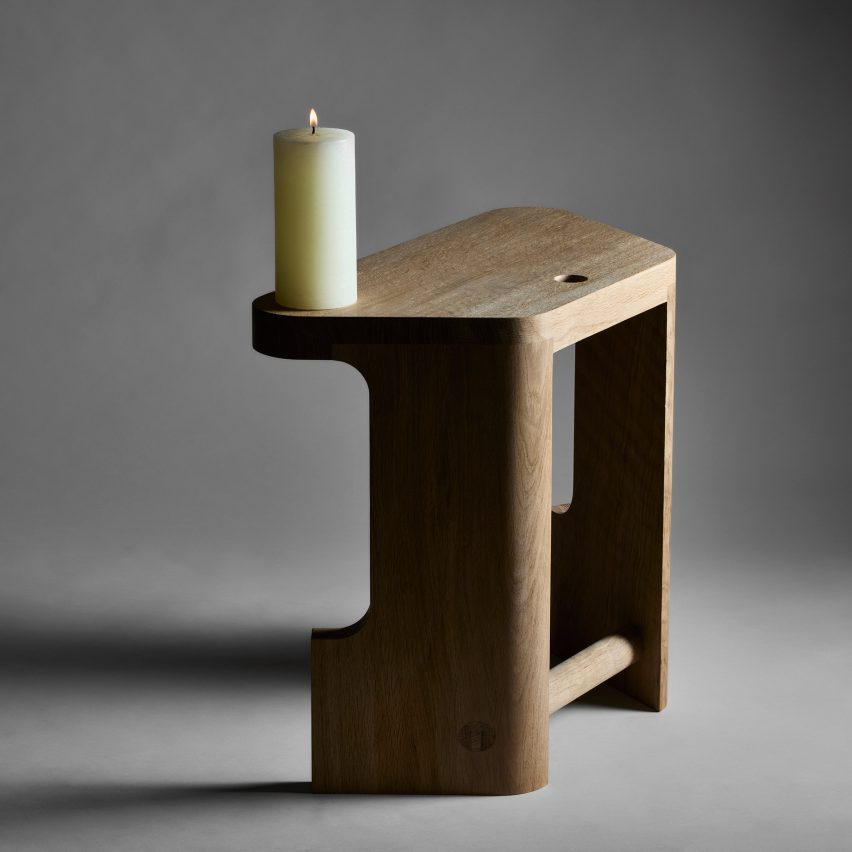
London-based EJM Studio has designed a collection of oak stools made from repurposed timber, modernising traditional British church pews with a contemporary sculptural approach.
Led by designer Edward John Milton, EJM Studio's latest furniture project was based on the concept of reimagining historic and forgotten design typologies from a present-day viewpoint with a conscious approach.
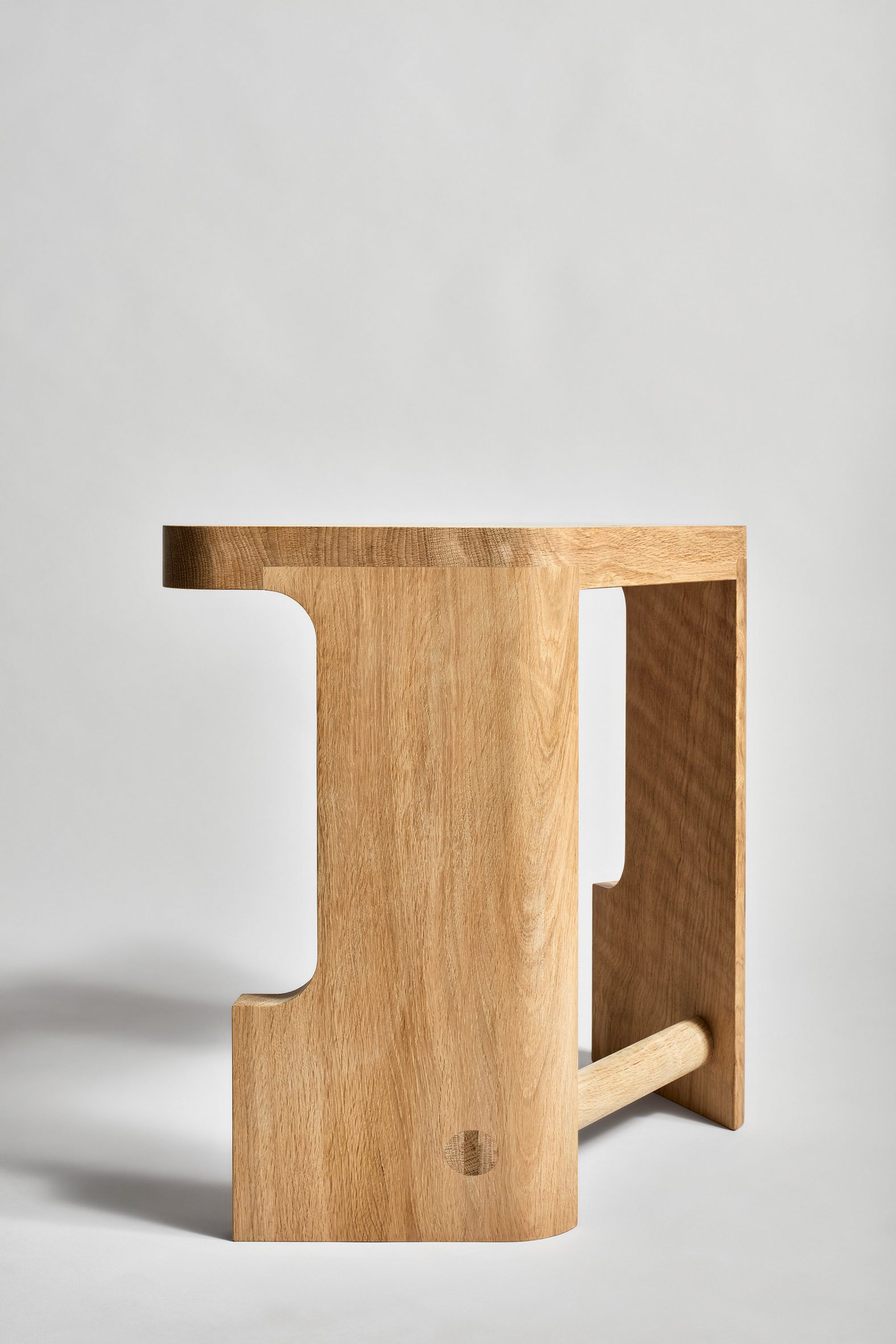
"There's such a rich and diverse history to refer back to in the UK and many of the buildings or objects I'm interested in exist outside of typical design trends," Milton told Dezeen.
"The church pew is an instantly recognisable piece of furniture. Its design is steeped in history and there is a modesty to both its function and aesthetic."
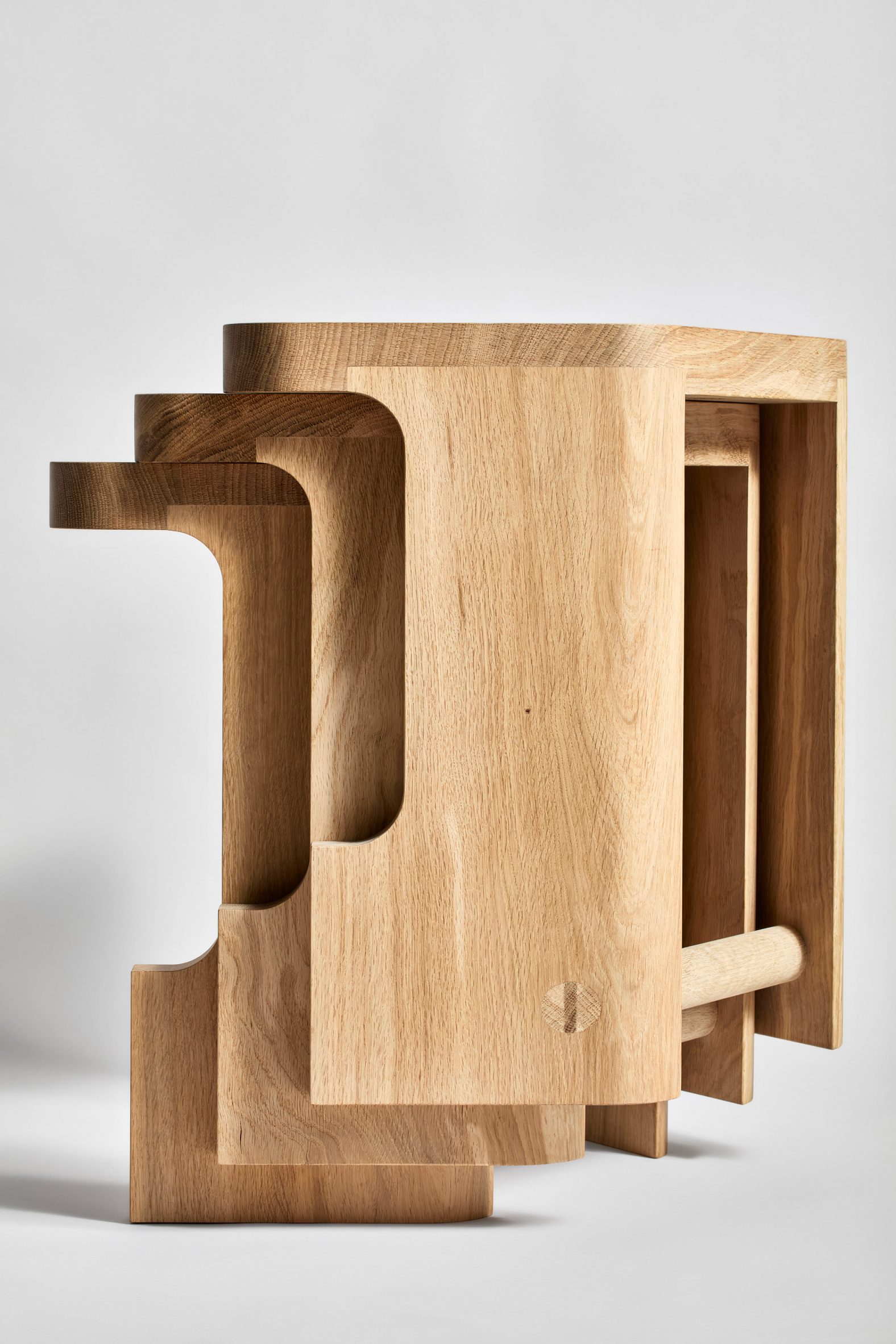
Some of Milton's earliest memories are from "time spent in church", the designer said.
"I didn't have a religious upbringing, nor were my parents particularly religious but what it offered them was a support network and community," he explained.
"Whether at a wedding, funeral or an event totally unrelated to religion, church pews signify a coming together," Milton continued.
"I'm interested in how some of these familiar but forgotten design typologies might exist as modern objects outside of a religious setting. In a world where most of our social behaviour is carried out online, I think it's important to surround ourselves with objects that offer some digital respite."
The Pew collection was initially informed by a visit to St Albans Cathedral in England – known for having the longest nave in England.
"I remember admiring the curvature, repetition and layering apparent within the arcade," said Milton.
"This definitely had some influence on the layered pattern that's created when the stools are stacked. I like the idea you can take a simple pattern or shape and turn it into something more interesting through layering whilst also serving a function."
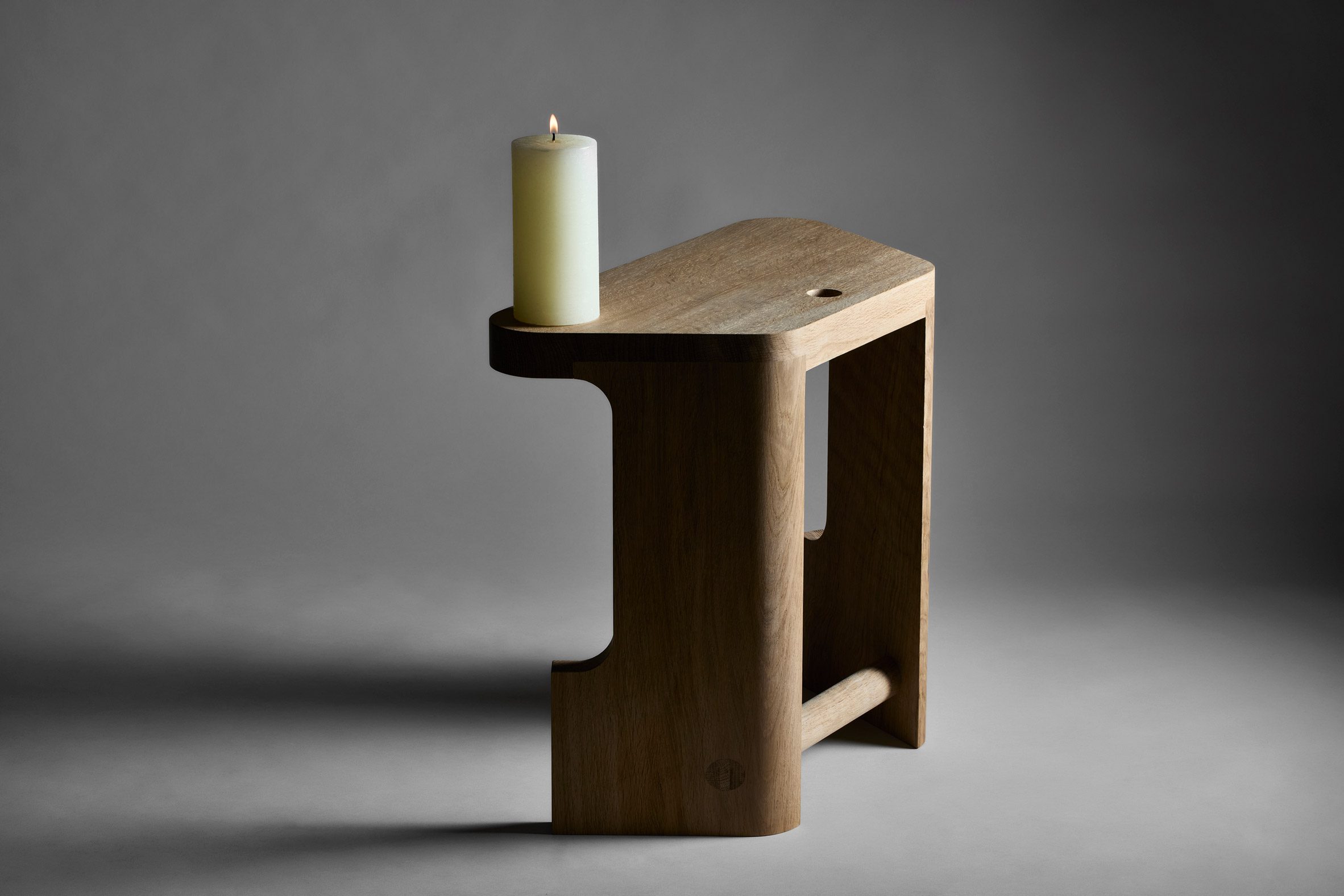
The Pew stools were produced using 3-axis CNC milling machines before being assembled and finished by hand.
Simple in design at first glance, their final sculptural forms feature "tricky" curves.
"There's some tricky angles and curves that make up the design which were purposefully introduced to create an object which at first glance looks simple but carries some complexity from a manufacturing standpoint," Milton said.
"The layered pattern created when stacked also needed a level millimetre precision that lent itself to this method of manufacture," he added.
"Stools are often stacked from a purely functional standpoint, but I think it's important to consider the design in and out of use, and how these objects might exist in someone's home."
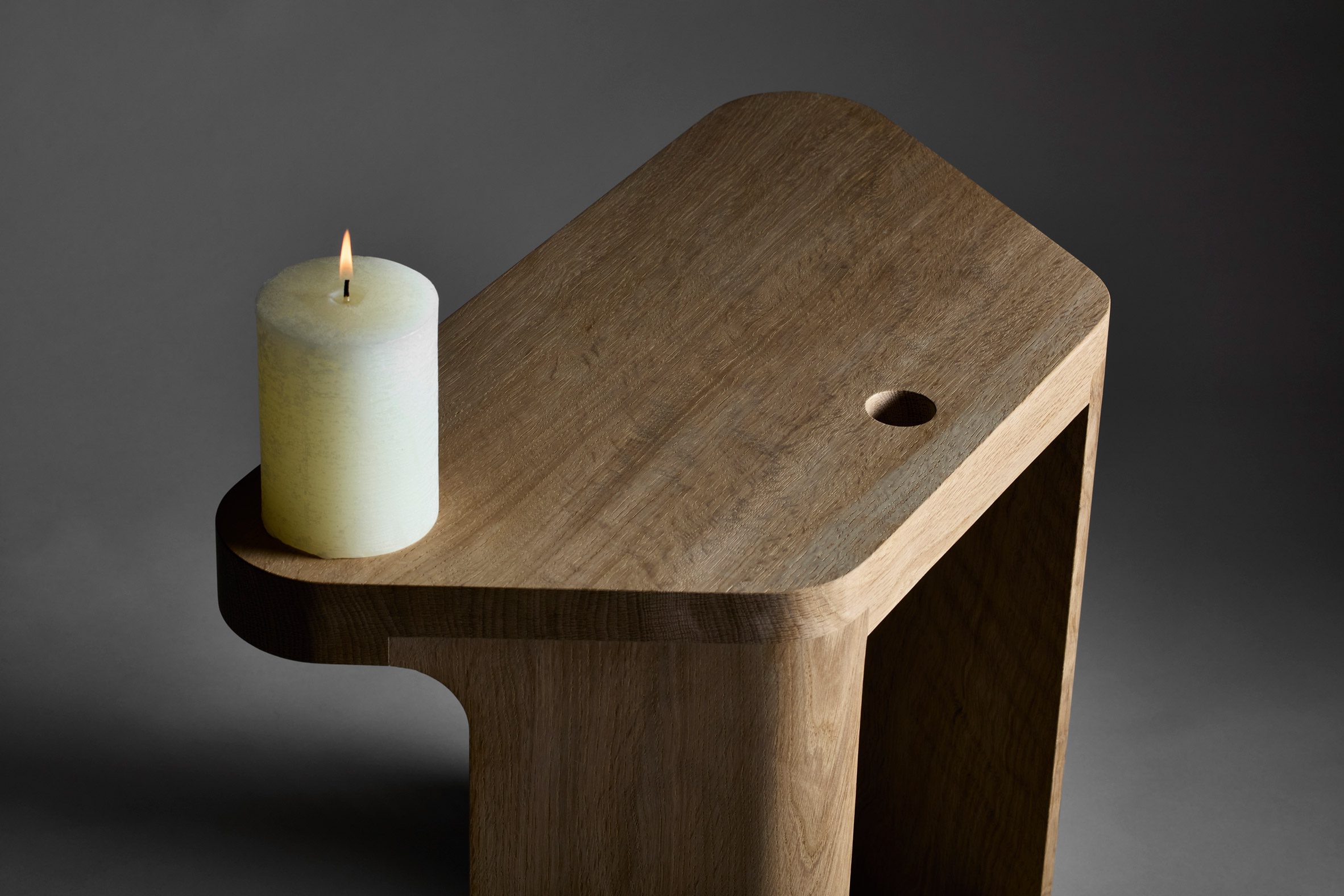
According to Milton, sustainability and re-use were a "driving force" behind the material choice.
The stools were made using oak sourced from northeast London-based Fallen & Felled, a supplier that gives a second life to timber from trees that have fallen or died. This oak would otherwise be chipped or used for firewood.
"Over 90 per cent of hardwood used in the UK is imported, this is a problem designers should be aware of and actively looking to change," Milton said.
"These particular oak boards were sourced in Hever, Kent," he added.
"There are imperfections which are often considered undesirable when sourcing this material. However, I firmly believe this is a mindset we need to change if we are to embrace a circular approach to design."
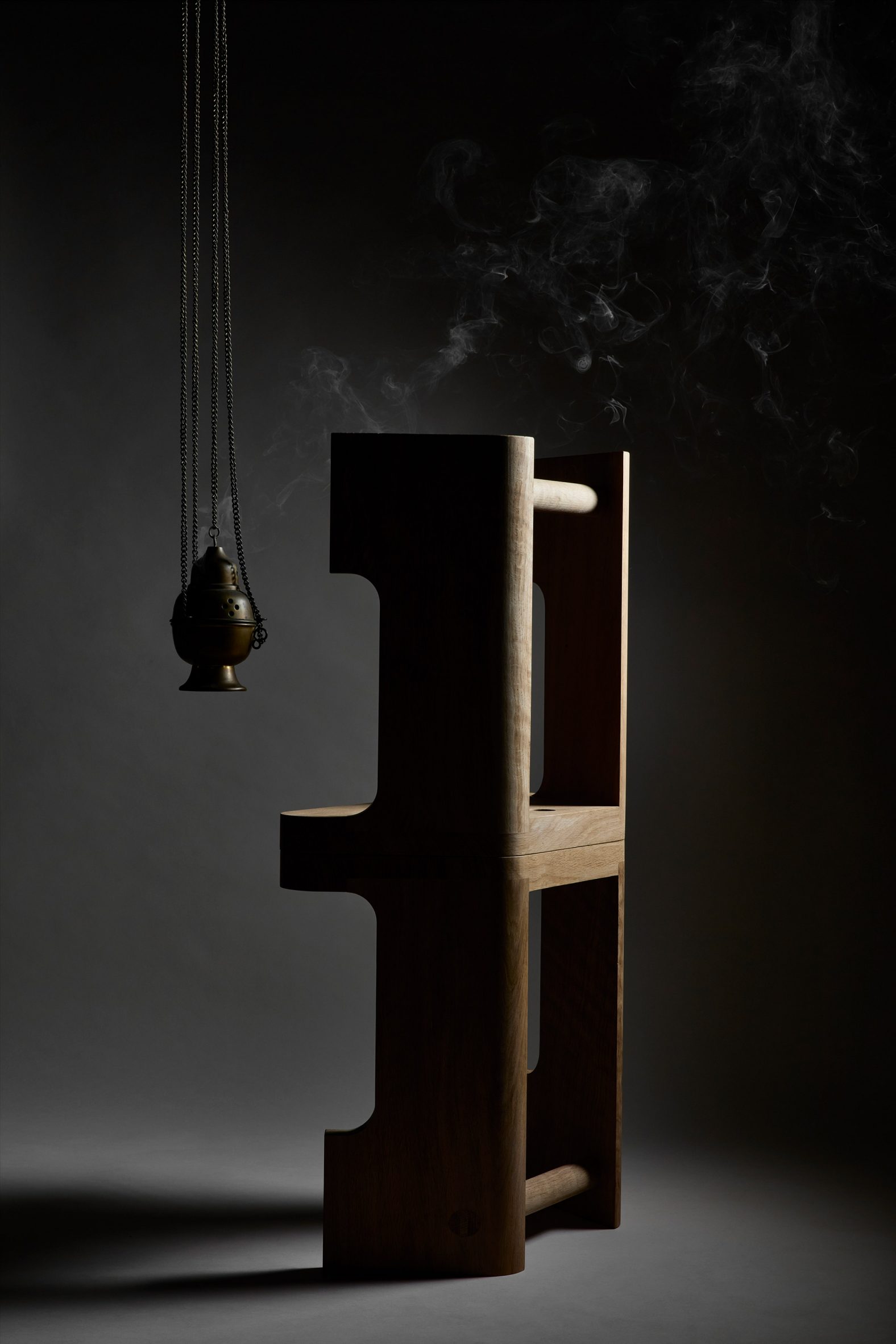
Milton gained experience working for British designers Paul Smith, Tom Dixon and Thomas Heatherwick before setting up his own design studio in 2021, which focuses on "sharing stories through objects and spaces".
Other creative stool designs with sculptural forms include the steel, sharp-pointed Chul-02 Cone Stool by Sukchulmok and the 3D-printed Digested Objects stool by William Eliot shaped by plastic-eating mealworms.
The photography is by Mark Cocksedge.
The post EJM Studio's Pew stool reimagines traditional church pews with "tricky angles and curves" appeared first on Dezeen.
